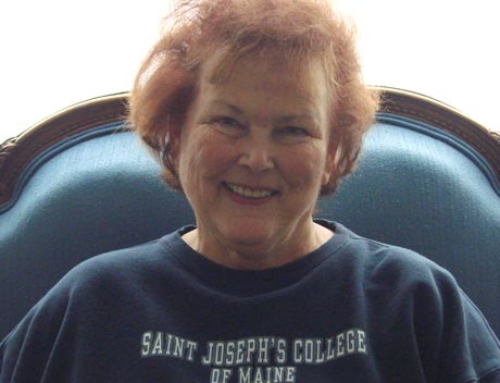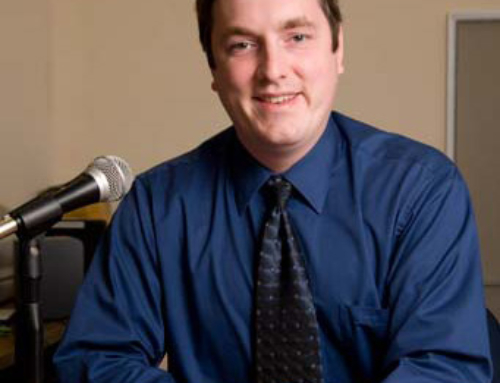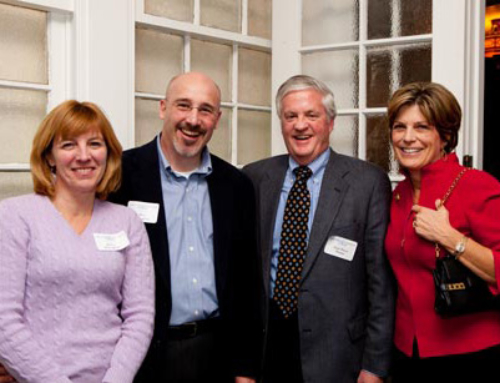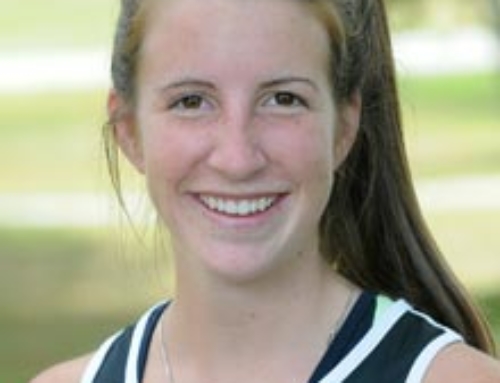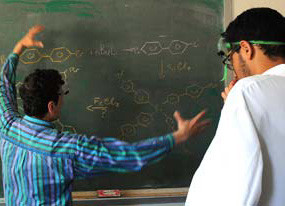 The National Science Foundation has awarded Saint Joseph's a three-year $198,000 grant to enhance lab instruction throughout the chemistry curriculum with the use of infrared and nuclear magnetic resonance spectroscopy. Chemistry professor Nick Benfaremo, the lead investigator, says new spectrometers from the grant will give students another way to examine molecules and allow professors to introduce experiments that build on each other from freshman to senior year.
The National Science Foundation has awarded Saint Joseph's a three-year $198,000 grant to enhance lab instruction throughout the chemistry curriculum with the use of infrared and nuclear magnetic resonance spectroscopy. Chemistry professor Nick Benfaremo, the lead investigator, says new spectrometers from the grant will give students another way to examine molecules and allow professors to introduce experiments that build on each other from freshman to senior year.
The new equipment and push to incorporate experiment data across the curriculum will reinforce core concepts of inorganic, organic, analytical and physical chemistry. "Students often take chemistry ... and wash their hands of it," Dr. Benfaremo says. Now, chemistry classes will build on each other using the spectrometry data to do progressively more complicated experiments from semester to semester. "It's like playing a song over again and finding new interpretations," Benfaremo says.
Students will also operate in teams to share data and collaborate, much like what happens professionally in the real world. By working together, students will be challenged to ask and answer questions of each other, thereby acquiring a deeper understanding of key topics.
"We'll look at the whole process, not just follow cookbook recipes for experiments," says Benfaremo.
Education professor Dr. Kathleen Clements is developing and directing assessment of the adapted curriculum from an instructional strategy perspective. She will investigate the effect of horizontal (within class) and vertical inter-laboratory (between classes) integration on students' ability to collaborate, cooperate, mentor and learn. The end result of the investigation is to determine which instructional strategies best inform instruction and increase STEM (science, technology, engineering and math) learning and retention in undergraduate students.
Physics professor Dr. Jonathan Mitschele, who has a strong background in collaborative learning, is developing new laboratory exercises that will incorporate data from the infrared and nuclear magnetic resonance spectrometers and the previously existing UV-VIS, atomic absorption, and fluorescence spectrometers.
The newest spectrometers "allow us to paint where before we could just draw with a pencil," says Benfaremo, referring to the richness of the data that is now available to the chemistry students. He adds that the revised curriculum will build a portfolio of cumulative knowledge that the students can carry forward.
